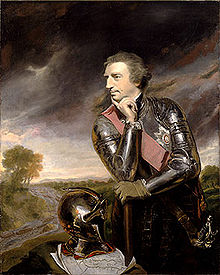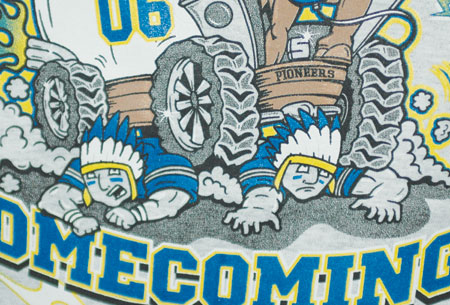Editorial Reviews
"The beginning of a trilogy, this tale is valuable for both its recounting of a historical tragedy and its immersive Choctaw perspective." KIRKUS, STARRED REVIEW --Kirkus Reviews, June 15, 2013
"...a thrilling caper . . . a recommendation for reluctant readers who like their history tinged with the otherworldly." RECOMMENDED --The Bulletin of the Center for Children's Literature
"Tingle, a Choctaw storyteller, relates his tale in the engaging repetitions and rhythms of an oft-told story . . . spare and authentic." --Dean Schneider, THE HORN BOOK MAGAZINE
2014 American Indian Youth Literature Award --American Indian Library Association, ALA
2014 Notable Social Studies Trade Book for Young People --National Council for the Social Studies & Children's Book Council
2014 American Indian Youth Literature Award --American Indian Library Association, ALA
2014 Notable Social Studies Trade Book for Young People --National Council for the Social Studies & Children's Book Council
Tim Tingle's HOW I BECAME A GHOST
But that's not enough to make it a good book. I'll have to go with some of the negative comments I found on Goodreads:
This is definitely a children's book, NOT a young adult book, so more advanced readers may be bored by the simple, minimalistic language.
I gave this 4 stars initially, but then just a little bit of research today revealed that some of the history is likely wrong, and that complicates things. There is a fantasy element anyway, but the shocking smallpox blanket scene seems to be entirely fictional.
Even though I think the kids would enjoy this WAW possibility, I just felt it was so exaggerated and unreal that I couldn't get into it. In this story of the Trail of Tears, Isaac is a Choctaw brave that can see ghosts and talk to them and has visions of when people will die. And he becomes friends with another brave that can turn into a leopard. Together they try to free a girl that has been kidnapped and forced to work for several cruel soldiers. This is a no vote for me.
Love the title, and I really wanted to love the book -- Not many kids' books about Indian relocation have passed my way. But I just couldn't get into this. I started reading it out loud to myself; it sounds almost like oral stories written down. As stories told 'live,' in an intimate group, I think it would be better. On the page, it has a stilted, boring feeling. I am not sure kids will stick with this one. Too bad.
I think Tingle was trying for a Tom Sawyer/Huck Finn type of adventure with Choctaw protagonists and magical elements a la Twilight. And if someone without Mark Twain's abilities had rewritten Tom Sawyer for 9-year-olds, it might come out like this.
That's fine, but everyone's talking as if How I Became a Ghost is a great read for adults as well as pre-teens. With all the remarkable books out there, I wouldn't even recommend this to 9-year-olds unless they were deeply interested in Indians. To me, it's a Choctaw "Hardy Boys" starring Ghost Boy and Panther Boy, not a serious book for old(er) readers.
Rob's rating: 5.0 of 10. Great cover, though.






